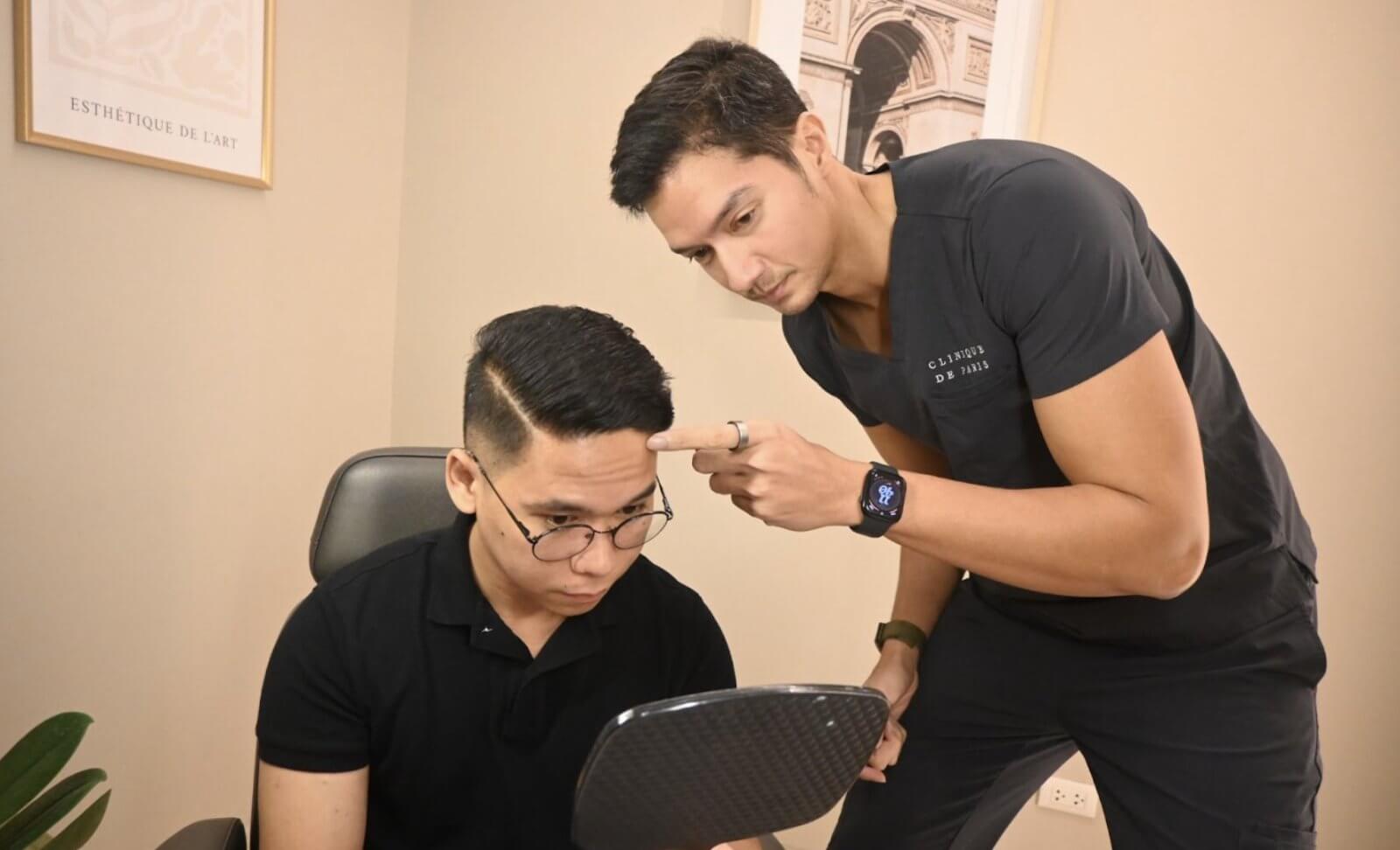by Johanna Patricia A. Cañal, MD, MHA, MSc
I am no expert. I used to do yoga when I was in college. That didn’t last too long because, you know…college and medical school. I’ve (very) recently re-started yoga and this may be the best time to write an objective piece about it. Does yoga really have medical benefits? Real medical benefits and not just mental health benefits.
At the very least, there are 3 medical benefits that are fairly obvious to a doctor.
One, flexibility. Because of the positions that yoga makes a person hold, the muscles are stretched and used. Arms and legs are stretched out. The spine is extended. The back is made to maintain good posture. This good posture alternates with fetal position. Yoga positions with descriptive names such as downward facing dog, warrior, one-legged wheel, lotus and sphinx are quite good for removing cricks in your body. Done correctly (and with supervision), regular yoga will improve one’s flexibility.
Two, heart function. Notice how your heartbeat quickens when you inhale and slows down when you exhale. When you inhale, your blood pressure goes down too. Now, imagine inhaling and exhaling slowly. Long, slow breaths. With long, slow breaths, more blood enters the heart and more blood is pumped out into the body. Blood pressure fluctuations are buffered and the overall effect is a decrease in the mean blood pressure.
We are not designed to do long, slow inhalations and long, slow exhalations 24/7 though. The human heart is designed to meet the demands of daily living—walking, moving and usual activities of daily living. It is even designed to speed up if there is an increased demand—running, exercise, stress. But there really is only so much demand that can be supplied by the heart. The heart needs to rest too. This is the long, slow, deep breaths that one does during yoga.
Third, the breathing itself. Some studies have shown improvements in ventilatory function overall. The tidal volume—the usual volume of air that is blown out during normal breathing—increases with regular yoga breathing. The inspiratory and expiratory reserve volumes—the additional amount of air that can be inhaled and exhaled after a normal inspiration—are also noted to increase. The air exchange is supposed to become more efficient with long, slow breaths.
Again, humans are not designed to take long, slow breaths 24 hours a day, 7 days a week. That’s why we have a tidal volume—the regular amount of air that is breathed in and out. But stopping and breathing deeply and slowly certainly improves your regular, everyday respiration.
Maybe something you should consider.
Hello!
This short article is part of a series of articles that is designed to make health care more understandable to non-doctors.
As a way of disclosure, I am a radiologist and a radiation oncologist. My strengths, therefore, are diagnosing illness, particularly cancer, and cancer treatment. Thus, I will be talking about medical tests and what these are about.
I shall also be talking about the dreaded disease, cancer. In the 2nd decade of the 21st century, cancer is the #4 cause of death worldwide. NUMBER 4! It used to be #10. It has obviously been going up. The number 1 and 2 killers are cardiovascular diseases…translated into heart attacks and strokes. Number 3 is pneumonias and lung diseases.
The previous century was known as the century of infectious diseases. The most common causes of disease and death were bacterial and viral pneumonia and tuberculosis. The present century is the century of the lifestyle disease. That is, infections don’t play as big a part as lifestyle diseases. What are those? Heart disease, strokes, cancers and injuries/accidents.
But then again, the 21st century has just started, and we already have a pandemic. One never knows what will happen in the next 10, 20 or 30 years. Thus, this series will discuss a range of topics, hopefully the topics most relevant to you.
If there is a topic that you want clarified, please do drop me an e-mail at [email protected]. Please just fill in the subject line with: [SULIT] Your question

























